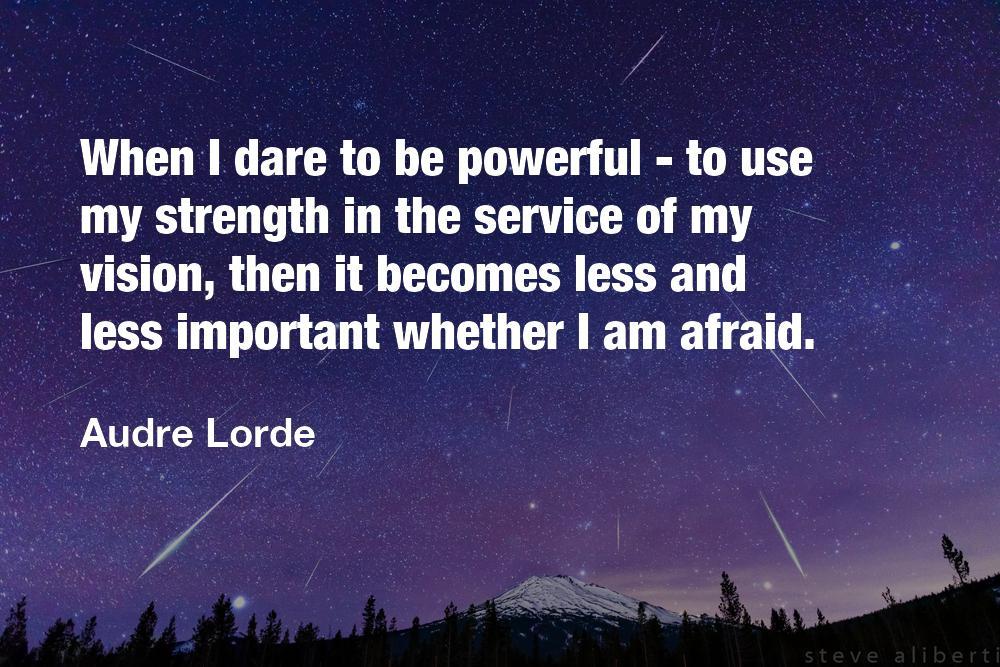Understanding the Basics of Nutrition and Diet
Nutrition refers to the process by which our bodies take in food, digest it, absorb nutrients from it, and use those nutrients for growth, energy production, repair, and other bodily functions. A healthy diet consists of a variety of foods that provide all the necessary nutrients such as carbohydrates, proteins, fats, vitamins, minerals, fiber, etc., in appropriate proportions to maintain good health.

Diet plans can vary depending on individual needs, preferences, lifestyle, medical conditions, cultural background, etc. Some popular types of diets include:
1) Balanced Diet Plan – This type of diet includes a balance of all essential macronutrients (carbs, protein, fat), micronutrients (vitamins, minerals), and fiber needed for overall health and well-being. It emphasizes eating a variety of whole foods like fruits, vegetables, lean meats, fish, nuts, seeds, legumes, dairy products, etc.
2) Low Carb Diet – In this plan, carbohydrate intake is reduced significantly while increasing consumption of protein and fat sources. The goal is to shift the body’s metabolism towards burning more fat instead of glucose derived from carbs. Popular examples are Atkins, Keto, Paleo, etc.
3) Vegan/Vegetarian Diet – These diets exclude meat, poultry, seafood, eggs, dairy products, and sometimes honey or any animal-derived ingredients. Plant-based foods like fruits, veggies, beans, lentils, grains, nuts, seeds, etc., form the basis of these diets.

4) Gluten Free Diet – Individuals with celiac disease or non-celiac gluten sensitivity need to avoid wheat, barley, rye, and their derivatives due to adverse reactions caused by gluten proteins present in them. Other grains like rice, corn, oats, quinoa, etc., may be used along with specific gluten-free flours.
5) Detox Diet – This plan involves consuming only certain foods or drinks claimed to detoxify the body, cleanse organs, boost immunity, improve skin complexion, etc. However, there is no scientific evidence supporting its effectiveness beyond weight loss through calorie restriction.
Creating a Healthy Balanced Diet Plan for Yourself
To create a balanced diet plan tailored to your personal needs, consider the following steps:
1) Assess your current dietary habits using tools like MyPlate, USDA Food Patterns, etc., to identify areas where you need improvement.
2) Set realistic goals based on your health status, activity level, age, gender, etc., keeping in mind sustainability over time.
3) Choose a mix of nutritious foods from different food groups including fruits, veggies, whole grains, lean proteins, low-fat dairy, healthy fats, etc., ensuring adequacy of macro and micro nutrients.
4) Limit intake of unhealthy foods high in saturated/trans fats, added sugars, salt, alcohol, etc., and avoid processed junk foods completely.
5) Stay hydrated by drinking plenty of water throughout the day.
“Why Women Over 40 Love The Smoothie Diet for a Healthy Lifestyle”
Say goodbye to miracle diets and say hello to The Smoothie Diet! Our fabulous new weight loss program is specifically designed for busy women over 40 who want real results. That’s right – you don’t have to give up your favorite foods or spend hours in the kitchen to make a lasting change. With The Smoothie Diet, you can lose weight faster and live longer – without the hassle.
Tips to Follow a Healthy Diet While Eating Out
Eating out does not necessarily mean sacrificing healthy eating. Here are some tips to follow a healthier diet when dining out:
1) Look up restaurant menus online beforehand to make informed choices about what to order.
2) Opt for grilled, baked, steamed, roasted options rather than deep-fried, breaded, creamy ones.
3) Ask for dressings, sauces, and gravies on the side so you can control portion size.
4) Share an entree with someone else or get a smaller portion size.
5) Choose wholesome sides like salads, steamed veggies, fruit bowls, etc., instead of fries, onion rings, mashed potatoes, etc.
6) Drink water instead of sugary drinks like sodas, juices, smoothies, etc.
7) Practice moderation and savor each bite without feeling guilty or deprived.




















